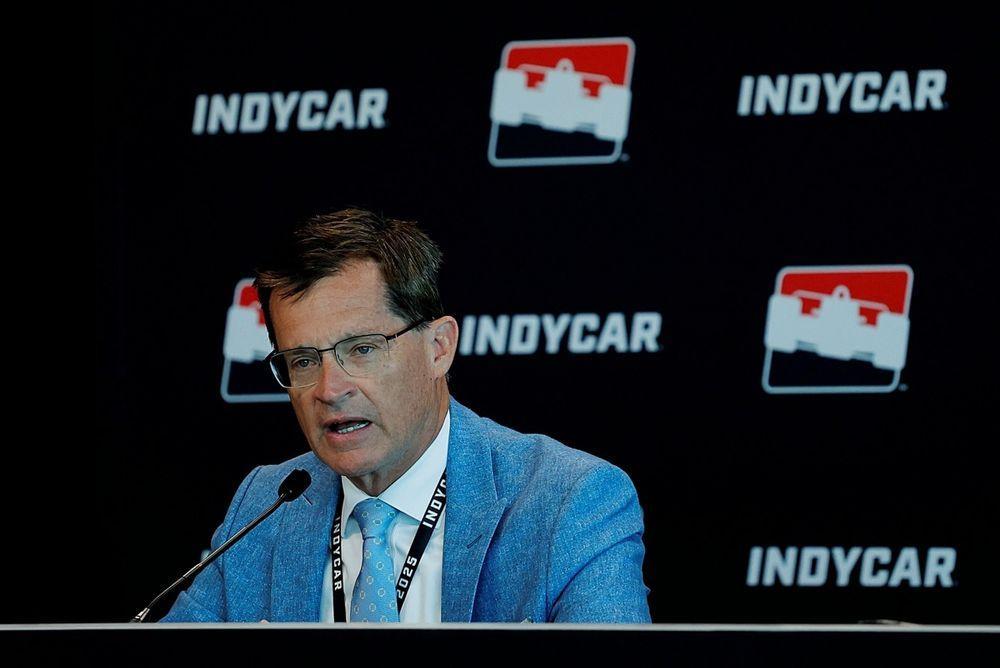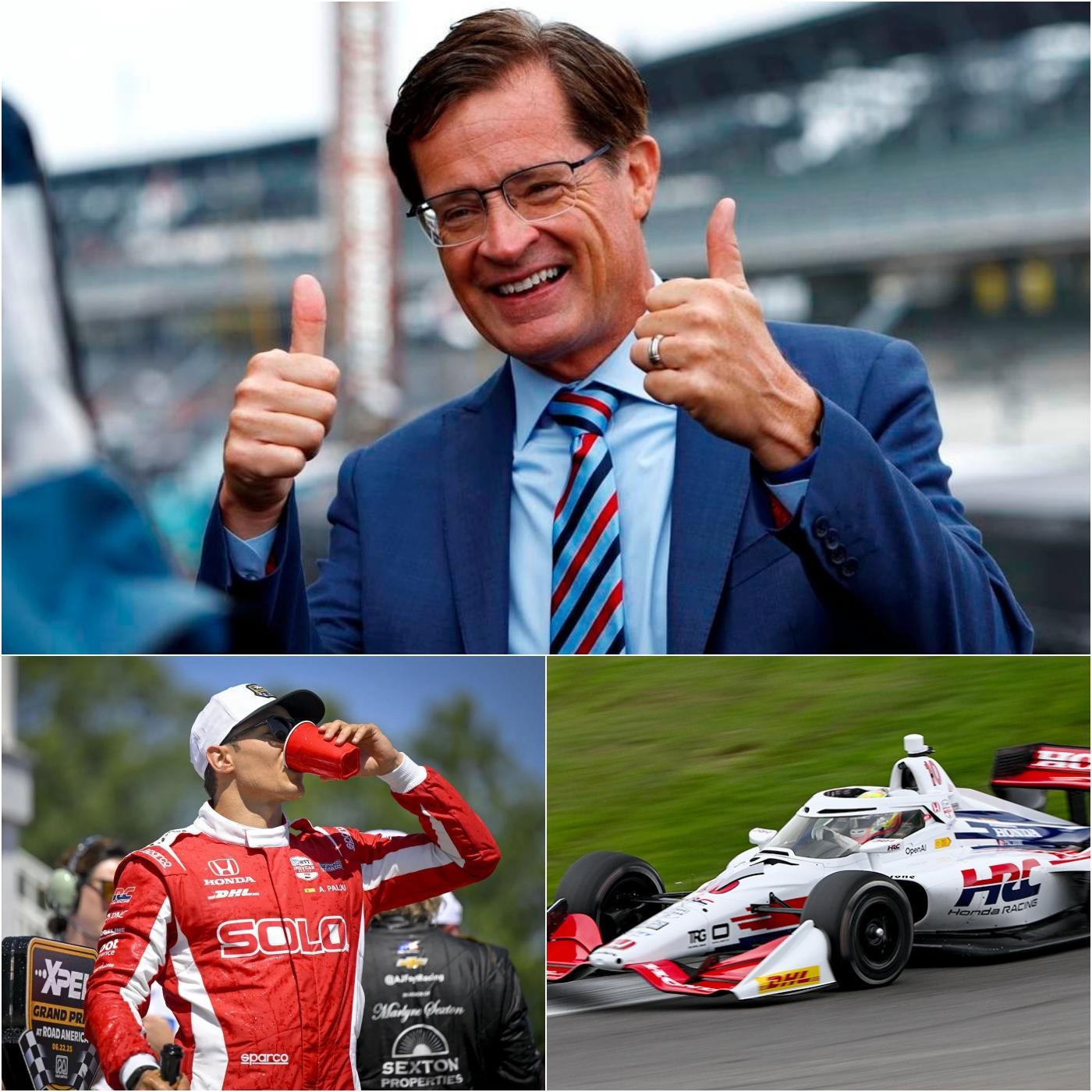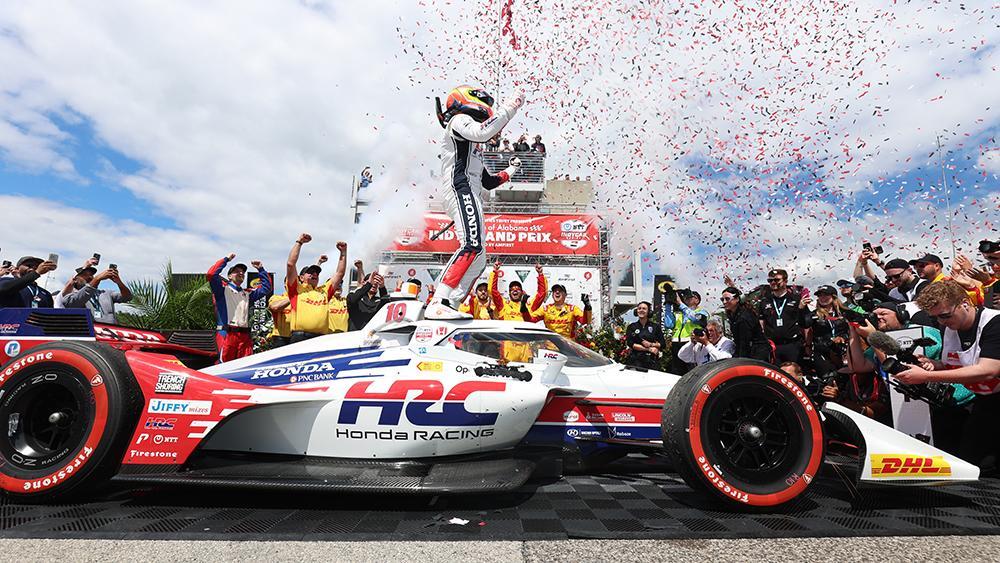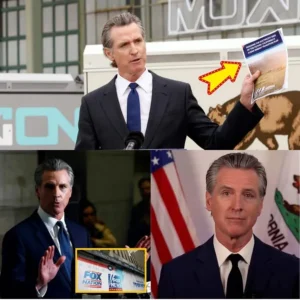In the world of motorsport, car liveries are more than just a set of colors and logos; they are a visual representation of a team’s identity, sponsors, and ambitions. However, when it comes to IndyCar, the frequency with which teams change their liveries throughout the season stands in stark contrast to the more static designs seen in Formula 1.

IndyCar teams often refresh their car liveries multiple times within a single season, leading to a strikingly dynamic and ever-changing visual experience for fans. This practice is a reflection of the sport’s diverse and adaptable nature. Unlike Formula 1, where teams typically use the same livery throughout the entire season with only minimal adjustments, IndyCar’s approach is much more fluid and creative. Teams may change liveries to reflect new sponsorship deals, special partnerships, or commemorate significant events, such as milestone races or celebrations. This constant change keeps the sport visually exciting and provides fans with something fresh and new to look at each race.
One of the key reasons behind the frequent livery changes in IndyCar is the emphasis on marketing and sponsorship. Sponsors play a massive role in the sport, and their involvement often dictates design updates. Many sponsors, particularly in IndyCar, seek to maximize visibility throughout the season, pushing teams to modify their cars to better represent their brands. This can be especially true for high-profile races or key events where sponsors may want to create a memorable, stand-out design.

Another factor driving the changing liveries in IndyCar is the level of competition between teams and the desire to grab attention. With a tight-knit field of teams, each striving for recognition and success, changing the livery can be an effective way to differentiate from the competition. The vibrant and varied designs allow teams to stand out and express their individuality in a sport that is known for its fierce rivalries.
In contrast, Formula 1 tends to stick to a more traditional approach when it comes to car liveries. While occasional changes may occur, such as special edition liveries for specific races or promotional events, the designs generally remain consistent throughout the entire season. The reasons behind this are rooted in the tradition and stability of F1. Teams in F1 tend to focus on maintaining a strong and consistent brand identity, with a livery that reflects the history and legacy of their team. The emphasis is often placed on the technical and strategic elements of racing rather than constantly changing visual aesthetics.

The frequent changes in IndyCar liveries bring an added layer of excitement to the series, providing fans with the chance to see a variety of designs throughout the season. Each race becomes a new opportunity for teams to showcase their creativity and reflect their unique partnerships. Whether it’s a bold, colorful design or a sleek, minimalist look, the evolving liveries add an element of flair to the sport, setting IndyCar apart from its more traditional counterpart in F1.
In the end, the difference in how liveries are handled in IndyCar and Formula 1 highlights the contrasting approaches to marketing, competition, and tradition in the two series. While F1’s more static designs reflect the sport’s established legacy, IndyCar’s ever-changing liveries keep the sport fresh, exciting, and visually captivating for fans all over the world.






